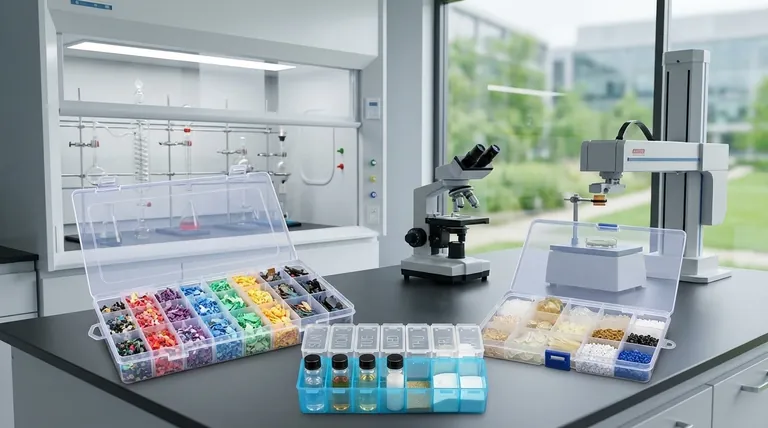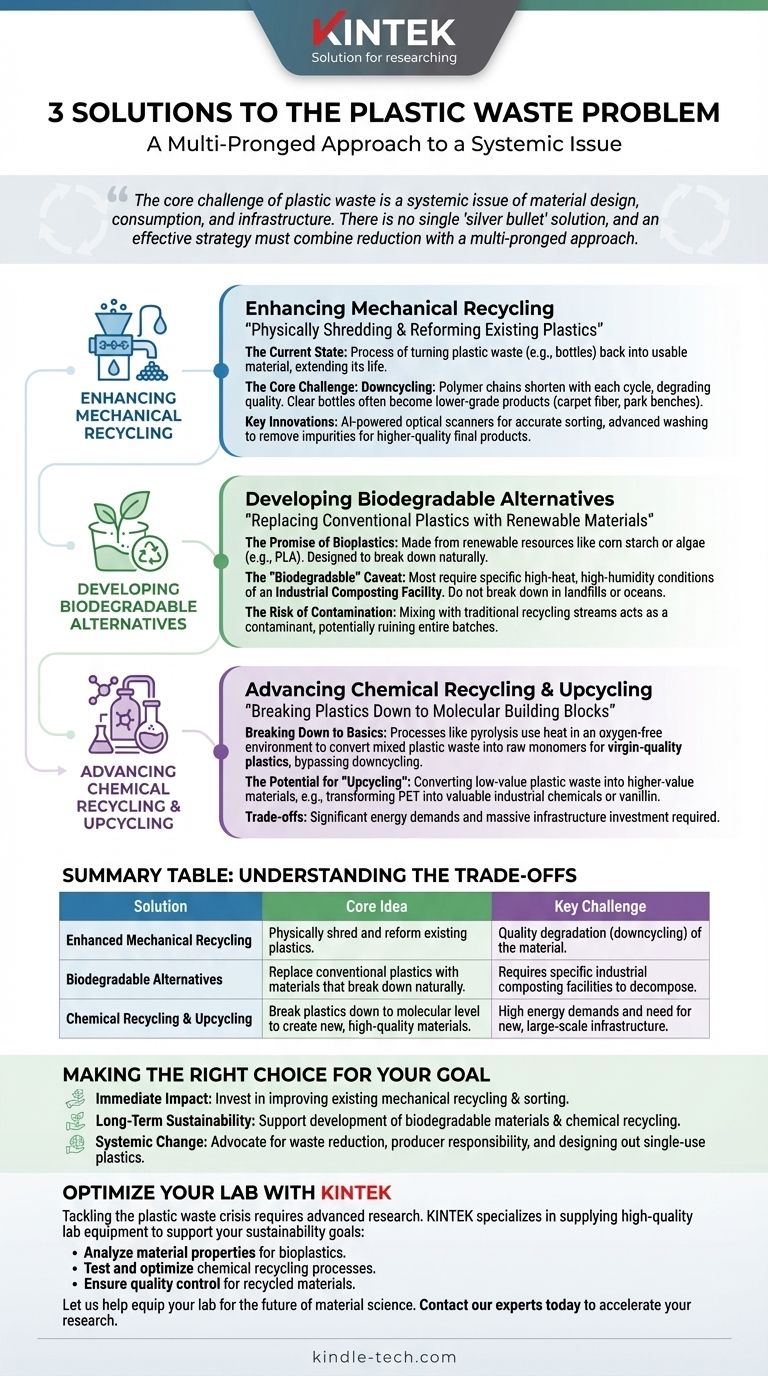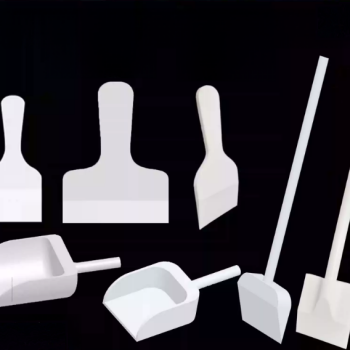Le tre soluzioni principali al problema dei rifiuti di plastica sono il potenziamento del riciclo meccanico tradizionale, lo sviluppo e la diffusione di alternative biodegradabili e il progresso di nuove forme di riciclo chimico e upcycling. Ciascun approccio mira a una fase diversa del ciclo di vita della plastica, dal miglioramento della gestione dei rifiuti esistenti alla modifica fondamentale dei materiali che utilizziamo.
La sfida fondamentale dei rifiuti di plastica non riguarda solo lo smaltimento; è un problema sistemico di progettazione dei materiali, consumo e infrastrutture. Non esiste un'unica soluzione "miracolosa", e una strategia efficace deve combinare la riduzione del nostro consumo complessivo con un approccio multiforme per gestire i rifiuti che non possiamo evitare.

Soluzione 1: Potenziamento del Riciclo Meccanico
Il riciclo meccanico è il metodo più consolidato per trattare i rifiuti plastici. Consiste nello sminuzzare, lavare, fondere e riformare fisicamente la plastica in nuovi pellet per la produzione.
Lo Stato Attuale del Riciclo Meccanico
Questo è il processo che la maggior parte delle persone conosce: mettere una bottiglia di plastica nel contenitore per il riciclo. L'obiettivo è trasformare quella bottiglia in un materiale utilizzabile, prolungandone la vita e riducendo la necessità di plastica vergine.
La Sfida Principale: Downcycling
Il limite principale del riciclo meccanico è il downcycling (riciclo a cascata). Ogni volta che la plastica viene fusa e riprocessata, le sue catene polimeriche si accorciano, degradandone la qualità e la resistenza. Ciò significa che una bottiglia d'acqua trasparente raramente diventa un'altra bottiglia d'acqua trasparente; è più probabile che diventi un prodotto di qualità inferiore come fibra per tappeti o una panchina da parco.
Innovazioni Chiave per il Miglioramento
Per combattere il downcycling, gli sforzi si concentrano su una migliore selezione e pulizia. Gli scanner ottici basati sull'IA possono identificare e separare diversi tipi di plastica con una precisione molto maggiore rispetto ai selezionatori umani, riducendo la contaminazione. I processi di lavaggio avanzati possono anche rimuovere più impurità, portando a un prodotto finale di qualità superiore.
Soluzione 2: Sviluppo di Alternative Biodegradabili
Questo approccio si concentra sulla sostituzione delle plastiche convenzionali a base di petrolio con materiali progettati per decomporsi naturalmente nell'ambiente.
La Promessa delle Bioplastiche
Le bioplastiche sono realizzate con risorse rinnovabili come amido di mais, canna da zucchero o alghe. L'esempio più comune è l'Acido Polilattico (PLA), spesso utilizzato in bicchieri monouso e contenitori per alimenti. L'obiettivo è creare materiali che non persistano nell'ambiente per secoli.
L'Avvertenza "Biodegradabile"
Una distinzione fondamentale è che la maggior parte delle plastiche "biodegradabili" o "compostabili" non si decompongono in una discarica o nell'oceano. Richiedono le condizioni specifiche di alta temperatura e alta umidità di un impianto di compostaggio industriale, che non sono ancora ampiamente disponibili.
Il Rischio di Contaminazione
Se le bioplastiche come il PLA vengono erroneamente mescolate nel flusso di riciclo della plastica tradizionale, agiscono come contaminanti. Poiché hanno una composizione chimica e un punto di fusione diversi, possono rovinare un intero lotto di plastica riciclata a base di petrolio, evidenziando la necessità di un'etichettatura chiara e di un'educazione dei consumatori.
Soluzione 3: Progresso nel Riciclo Chimico e nell'Upcycling
Il riciclo chimico è un insieme emergente di tecnologie che utilizza processi chimici, calore o catalizzatori per scomporre le plastiche nei loro blocchi molecolari originali.
Scomporre la Plastica alle Basi
Processi come la pirolisi utilizzano calore elevato in assenza di ossigeno per riconvertire i rifiuti plastici misti in un olio liquido o monomeri grezzi. Queste materie prime possono quindi essere utilizzate per creare nuove plastiche di qualità vergine, aggirando completamente il problema del downcycling.
Il Potenziale dell' "Upcycling"
Un concetto più avanzato è l'upcycling, che mira a convertire i rifiuti plastici di basso valore in materiali di valore superiore. Ad esempio, i ricercatori stanno utilizzando enzimi ingegnerizzati e processi chimici per trasformare il PET (la plastica delle bottiglie d'acqua) in prodotti chimici industriali preziosi o persino in vanillina, il componente principale dell'aroma di vaniglia.
Comprendere i Compromessi
Nessuna soluzione è perfetta e ognuna comporta sfide significative che devono essere affrontate affinché sia efficace su scala globale.
Il Divario Energetico e Infrastrutturale
Sia la selezione meccanica avanzata che il riciclo chimico richiedono una notevole quantità di energia e un massiccio investimento in nuove infrastrutture. Inoltre, l'espansione delle alternative biodegradabili richiede la creazione di un sistema parallelo di impianti di compostaggio industriale per trattarle correttamente.
La Causa Principale: L'Eccessivo Consumo
In definitiva, il riciclo e l'innovazione dei materiali affrontano solo la parte del "fine vita" del problema. Senza uno sforzo simultaneo e aggressivo per ridurre la produzione e il consumo di plastica monouso, queste soluzioni faticheranno a tenere il passo con l'enorme volume di rifiuti generati.
Scegliere il Percorso Giusto per il Tuo Obiettivo
Il percorso ottimale dipende dalla combinazione di queste strategie per affrontare i diversi aspetti della crisi dei rifiuti di plastica.
- Se il tuo obiettivo principale è l'impatto immediato: Investi nel miglioramento delle infrastrutture di riciclo meccanico esistenti e nell'applicazione di migliori pratiche di selezione pubblica per massimizzare il valore dei materiali già in circolazione.
- Se il tuo obiettivo principale è la sostenibilità a lungo termine: Sostieni lo sviluppo e la diffusione di materiali veramente biodegradabili e delle tecnologie di riciclo chimico necessarie per creare un'economia della plastica completamente circolare.
- Se il tuo obiettivo principale è il cambiamento sistemico: Sostieni politiche che privilegino la riduzione dei rifiuti, che ritengano i produttori responsabili dell'intero ciclo di vita dei loro prodotti e che eliminino la plastica monouso fin dall'inizio.
Un futuro di successo dipende da una strategia poliedrica che riduca la nostra dipendenza dalla plastica, migliori il modo in cui la gestiamo e innovi la natura stessa dei nostri materiali.
Tabella Riassuntiva:
| Soluzione | Idea Centrale | Sfida Principale |
|---|---|---|
| Riciclo Meccanico Potenziato | Sminuzzare e riformare fisicamente le plastiche esistenti. | Degrado della qualità (downcycling) del materiale. |
| Alternative Biodegradabili | Sostituire le plastiche convenzionali con materiali che si decompongono naturalmente. | Richiede impianti di compostaggio industriale specifici per la decomposizione. |
| Riciclo Chimico e Upcycling | Scomporre le plastiche a livello molecolare per creare nuovi materiali di alta qualità. | Elevate esigenze energetiche e necessità di nuove infrastrutture su larga scala. |
Ottimizza il Ruolo del Tuo Laboratorio nell'Innovazione dei Materiali con KINTEK
Affrontare la crisi dei rifiuti di plastica richiede ricerca avanzata e analisi precisa dei materiali. Che tu stia sviluppando nuovi polimeri biodegradabili, ottimizzando i processi di riciclo o esplorando percorsi di upcycling chimico, disporre delle attrezzature di laboratorio giuste è fondamentale per il successo.
KINTEK è specializzata nella fornitura di attrezzature e materiali di consumo di alta qualità per supportare i tuoi obiettivi di sostenibilità. Forniamo gli strumenti necessari per:
- Analizzare le proprietà dei materiali e i tassi di degradazione delle bioplastiche.
- Testare e ottimizzare i processi di riciclo chimico e pirolisi.
- Garantire il controllo qualità per i materiali riciclati e le nuove formulazioni polimeriche.
Lascia che ti aiutiamo ad attrezzare il tuo laboratorio per il futuro della scienza dei materiali. Contatta oggi i nostri esperti per discutere come le nostre soluzioni possono accelerare la tua ricerca e contribuire a un'economia circolare.
Guida Visiva

Prodotti correlati
- Contenitore per batterie a bottone
- Cestino per la pulizia del vetro conduttivo ITO/FTO da laboratorio
- Vaso di macinazione in lega metallica con sfere
- Rastrelliera di pulizia in PTFE
- Pala in teflon / Spatola in PTFE
Domande frequenti
- Quanto è stabile l'RNA estratto a varie temperature? Una guida alla conservazione e manipolazione sicura
- Qual è la differenza tra una cella voltaica e una cella elettrolitica? Padroneggiare i principi elettrochimici
- Quali sono le barriere al riciclo della plastica? Spiegazione degli ostacoli economici, materiali e tecnici
- Come deve essere conservata una membrana a scambio protonico? Proteggi l'integrità e le prestazioni della tua PEM
- Quali sono le applicazioni principali del carbonio vetroso? Sfruttare le sue proprietà uniche per applicazioni esigenti






